An ecosystem is made up of all the organisms that live in it and their surroundings - for example, your garden is an ecosystem. The living organisms, plants, animals and microorganisms make up the community of the ecosystem.
A habitat is where an organism lives - ants in the garden live in the soil, so the soil is their habitat. Biodiversity describes the range of organisms that live in an ecosystem. All members of the community depend on each other and on the physical factors of their ecosystem, for example: temperature, humidity, rain, air quality and light availability. A plant that lives in the shade of a big tree does not need that much light for photosynthesis, but other plants only grow well in places with plenty of sunlight.
There are natural ecosystems - like the ocean, woodlands and lakes - and artificial ecosystems - like an aquarium or an artificial pond. Some ecosystems have not been fully explored yet. Oceans are vast and very deep in certain places - there are creatures living in them that we may never discover. Fields, on the other hand, are artificial ecosystems and farmers have to control what plants grow there and what animals live in them or nearby, to ensure healthy crops. They use herbicides to remove unwanted plants (weeds), pesticides to control insects and other animals that destroy their crops, and fertilisers to increase crop yield.
Environmental scientists have to estimate the population of species that live in ecosystems. This is done when a species is in danger of extinction or for research purposes. In places like nature reserves, the organisms that live in them have to be monitored to ensure their well-being.
Insects can be collected using pooters or nets:
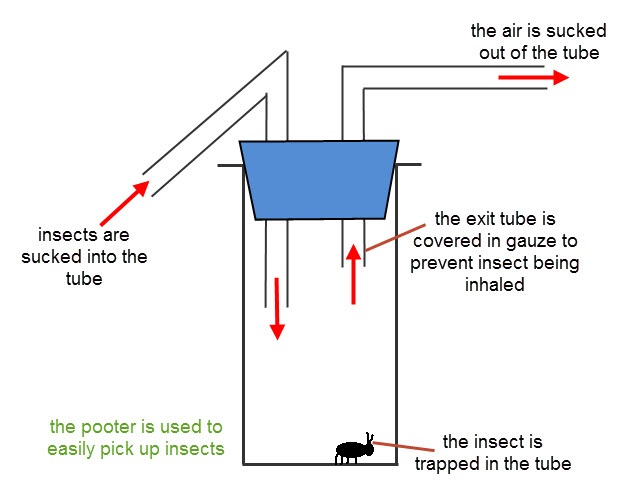
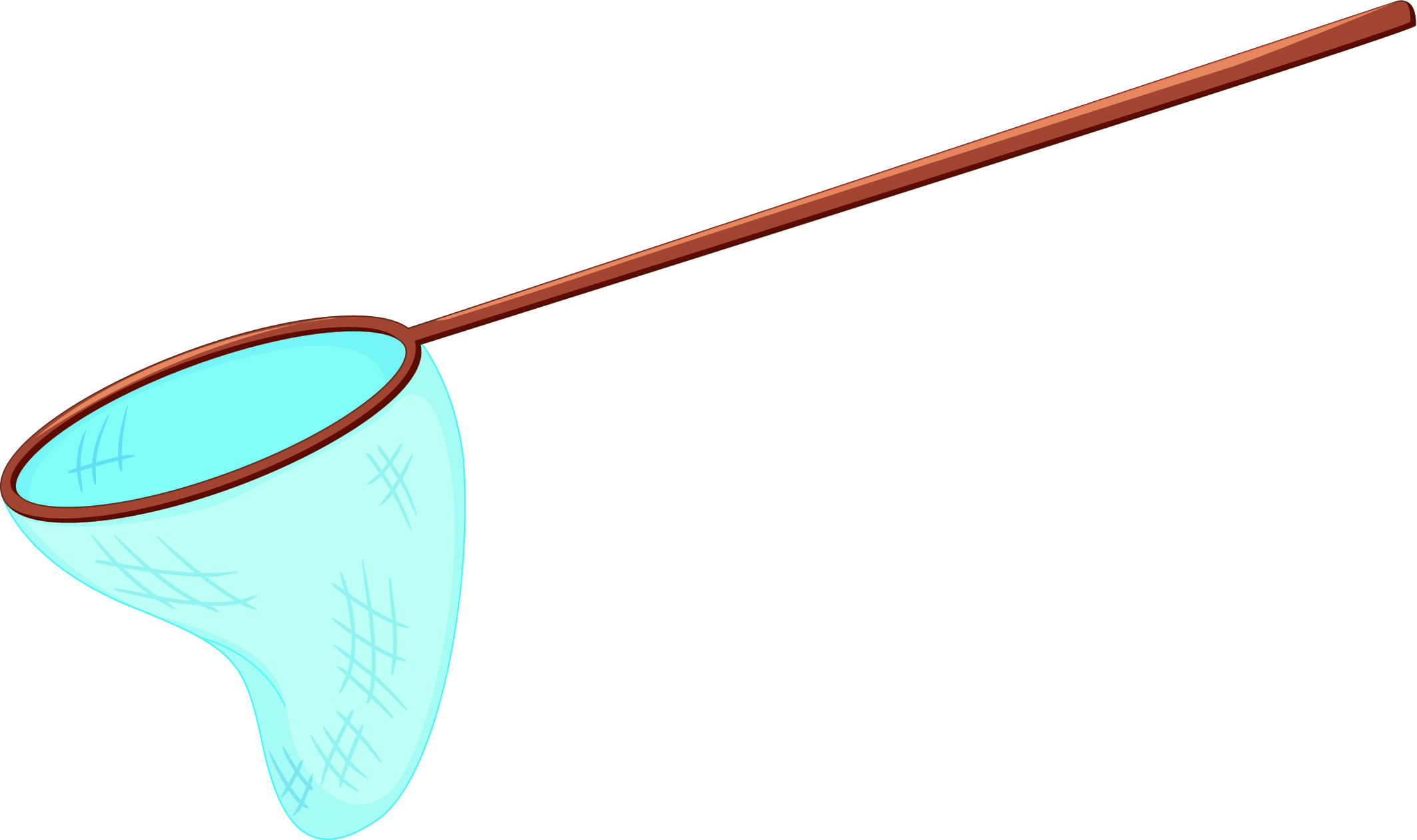
Small mammals and insects can be caught with pitfall traps:
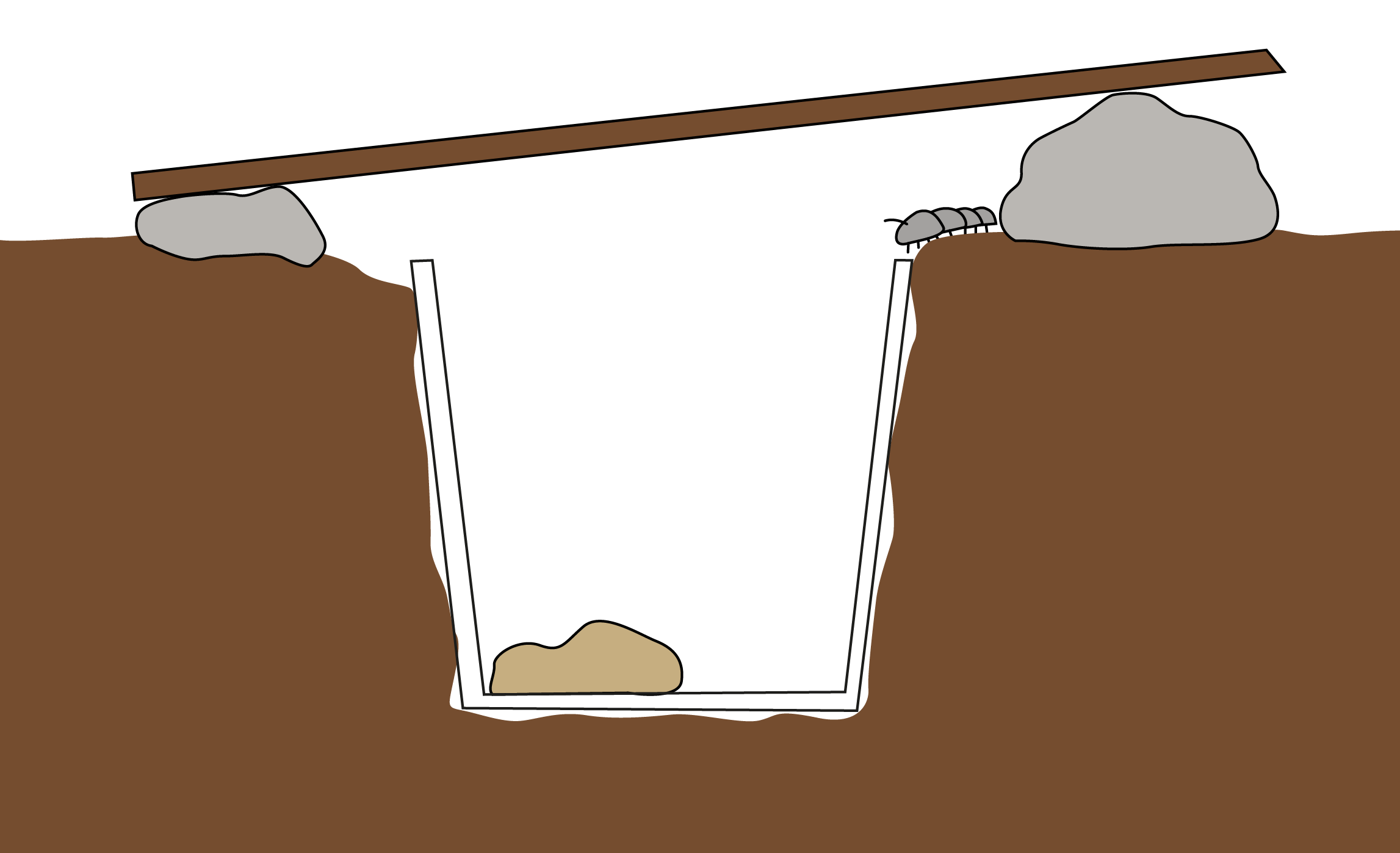
The animals caught like this are marked (without harming them) and the different species are noted. They are marked so they are not counted again, and sometimes their dimensions are measured to monitor their growth.
Quadrats are used to measure the number of plants in an area:
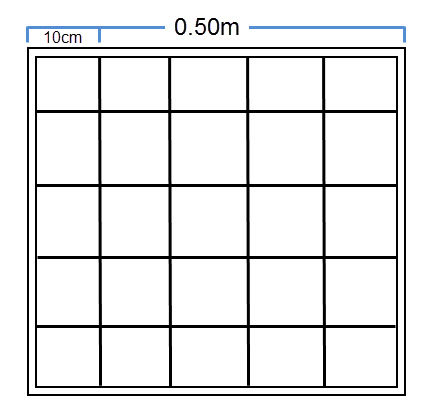
They are square frames which are thrown on the ground and the plants inside the frame are counted. Then, the number of quadrats that fits into the relevant area has to be calculated (or estimated if the area is very large) and this number is multiplied by the number of organisms.
Counting all animals of one species in a habitat is very difficult as they move around - birds fly away and some animals may even go underground. The population is often an estimate. The formula used to work it out is:
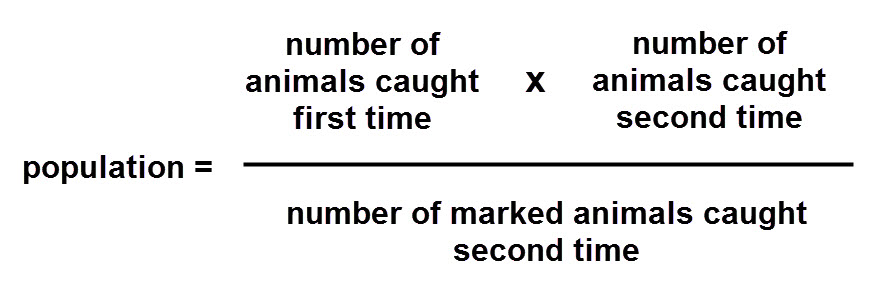
Now on to some questions!








